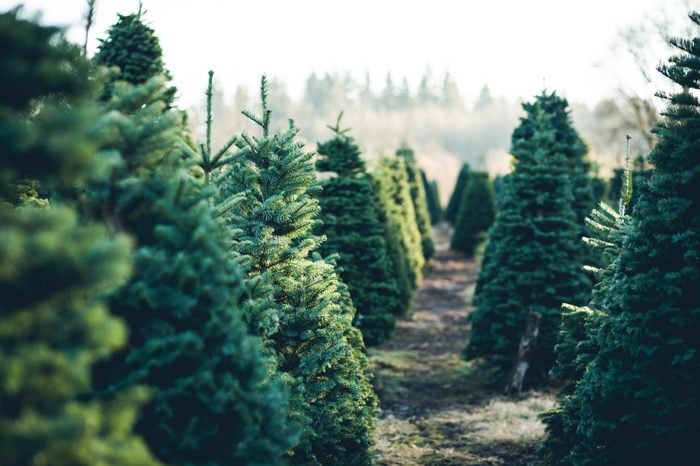
‘Tis the season for trees!
As the main attraction of holiday decorating, people spend more than $2 billion on us annually. Whether you prefer a real tree or a fake one, here’s what we think yule need to know about how to buy, care for, and trim the tree of your dreams.
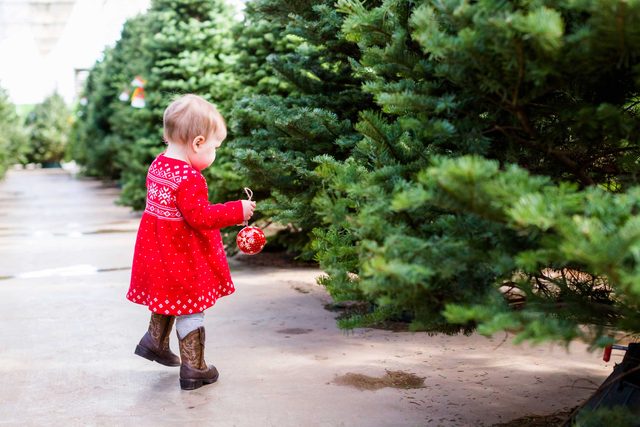
You’ll want to confirm that we’re still fresh
To be sure your tannenbaum lasts into the new year, use these tips from This Old House: 1) Grab any branch on the tree between your thumb and forefinger, gently clamp down and pull toward yourself. If you end up with a handful of needles, the tree is already past its prime. 2) Crush the needles in your hand and then sniff them to be sure the tree is fragrant. 3) Bounce the tree by holding it a few inches above the ground and dropping it. Needles that drop from the interior are normal, but if exterior needles fall off, the tree is too dry.
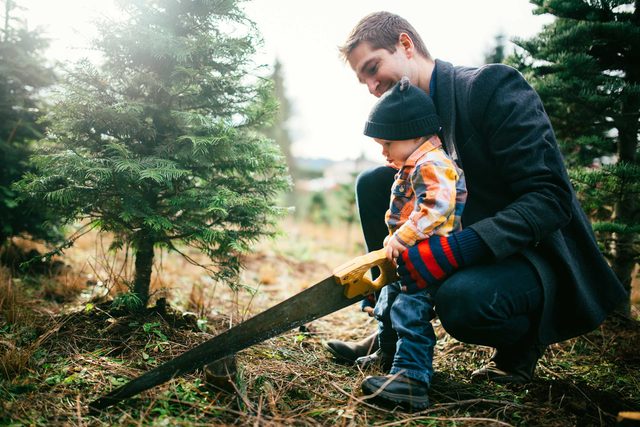
Real Christmas trees need to be recut
Cutting the end off our trunk is critical to opening the veins that deliver water to the branches, according to the National Christmas Tree Association (NCTA). Have your seller trim half an inch off the base to reopen the pores that take up water. Don’t taper the base or cut it at an angle; this reduces the surface area of plant tissue that absorbs water and makes it more difficult for trees to stay upright in the stand. Drilling a hole in the base of the trunk is another don’t; it doesn’t improve water uptake.
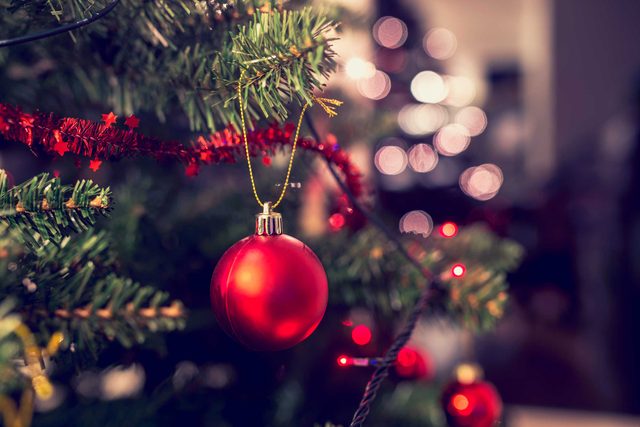
Real Christmas trees don’t need feeding
Plain tap water is best, according to the NCTA, which notes that some commercial additives and home concoctions can actually be detrimental to a Christmas tree’s moisture retention and increase needle loss. Not only are tree preservatives unnecessary, they’re potentially dangerous to children and pets that may swallow them, warns the National Capital Poison Center.
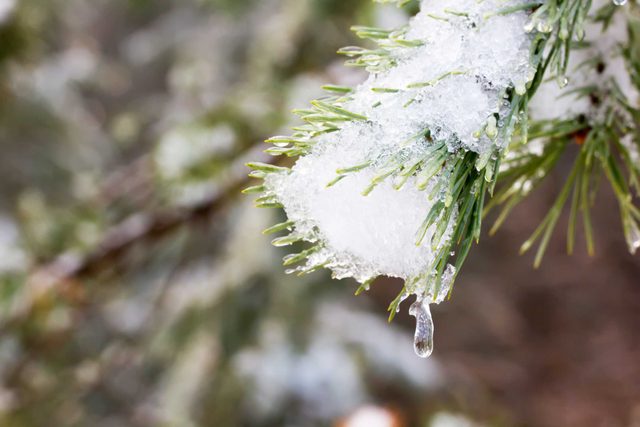
Real Christmas trees are super thirsty
Once a tree is upright, add clean water—a lot of it—as soon as possible. The first couple of days trees suck up at least a gallon of water, says This Old House. The actual amount of water consumed can vary, so be vigilant the first few days, refilling when the stand gets low until the levels stay steady. Never let the water level drop beyond the cut end or you run the risk of pitch forming, which seals off a tree’s ability to absorb water. Find out more about how to keep your Christmas tree fresh.
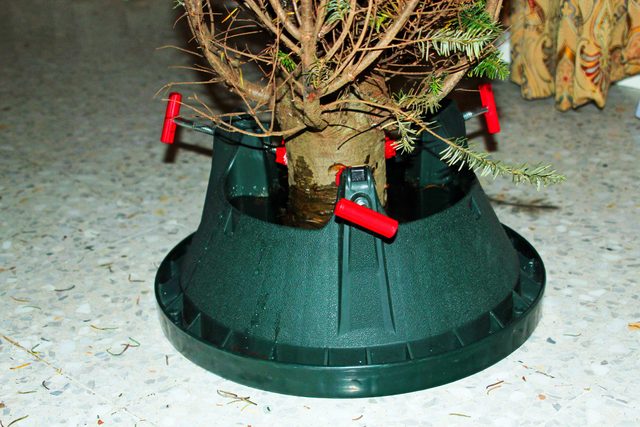
Real Christmas trees need a sturdy stand
A tree stand should have a water basis that provides 1 quart of water per inch of stem diameter. It should also fit your tree. Some stands have circular rings at the top, so the ring must be large enough for our trunk to go through the hole.
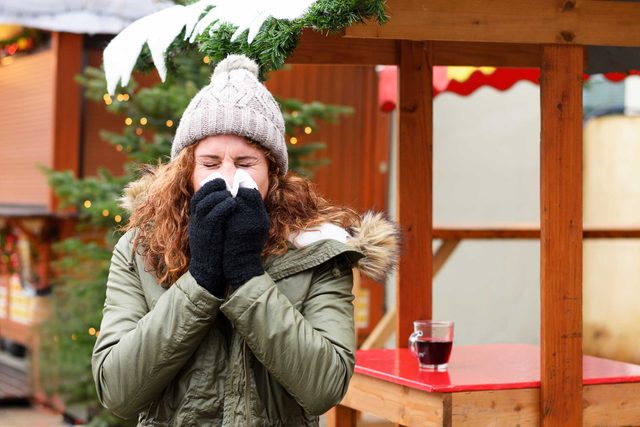
Christmas trees can trigger allergies
While allergies to pine tree pollen are uncommon, real Christmas trees are known to often carry microscopic mold spores that can exacerbate allergy symptoms, including sneezing, watery eyes, and an itchy nose, according to the American Christmas Tree Association. A 2011 SUNY Upstate Medical University study found that a small sample of trees carried about 50 types of mold, two-thirds of which could cause hay fever-like symptoms. Also troubling for people with mold allergies is the fact that live trees may also contribute to the increase of indoor mold—as much as six and a half times. If you prefer to buy a real tree instead of an artificial one, shake as much debris as possible off the tree before bringing it inside. Rinsing off the tree with a hose and leaving it somewhere warm to dry for a couple of days or using an air compressor to blow off debris are other alternatives. Do you know why we put up Christmas trees in the first place?
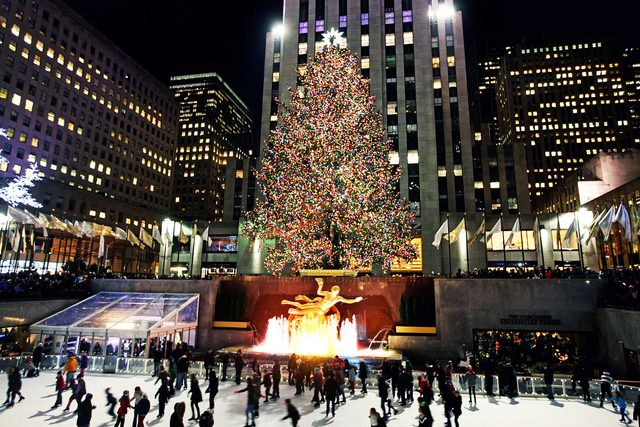
Height matters
Pick a tree that’s one foot shorter than the height of the display area, so you have room for your stand. Fast fact: While the trailer that transports the Rockefeller Center Christmas tree can handle a tree up to 125 feet tall, the width of New York City streets limits the height of the trees to 110 feet. A typical Rock Center tree is around 75 feet, but the 1999 Norway spruce was a record 100 feet.

Don’t be in a rush to decorate us
Most real trees will settle and open up over a couple of hours, so you should wait to start hanging lights and ornaments. You can also make some DIY Christmas decorations to make your home stand out.
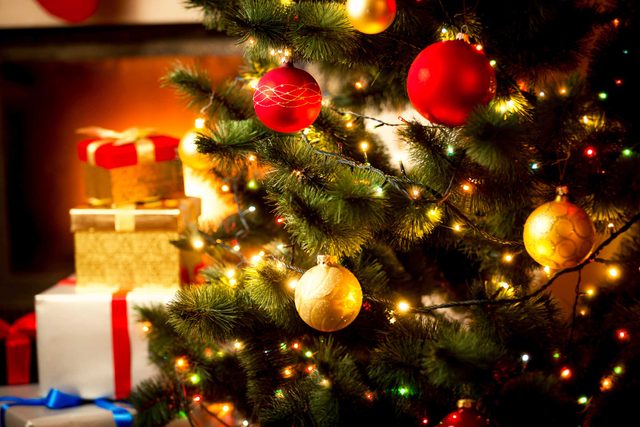
Don’t skimp on lights when trimming us
For every vertical foot of tree, you should use a strand of 100 lights, advises Better Homes & Garden. Other lighting tips: Illuminating trees from the inside out will give it the most dynamic look. Start at the base of our trunk and work your way up, wrapping lights around every major branch, moving from the trunk to the tip and back.
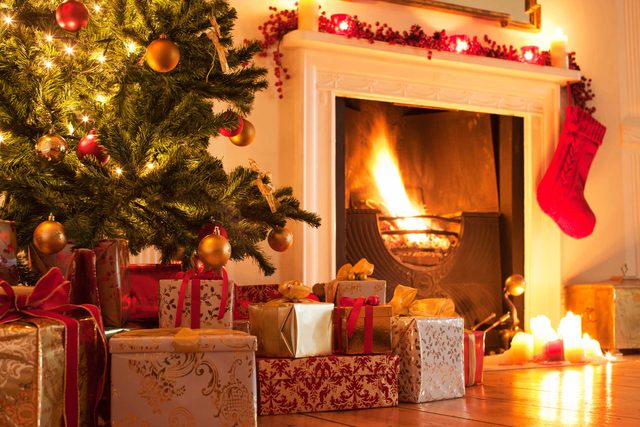
Christmas trees can catch fire
Most house fires happen during the holidays, and Christmas trees are one of the biggest reasons, according to the Today Show. Making matters worse, when a Christmas tree catches fire, many explode into flames in seconds. The main reason: Dry trees that aren’t getting enough water. Other contributing factors include putting trees too close to heat sources like fireplaces, space heaters, and candles. One in four tree fires starts this way, so be sure to keep trees at least three feet away from heat sources. Faulty lights can also be an ignition source, so check that lights aren’t frayed or damaged. One last precautionary measure: Be sure to turn off the lights when you go to sleep or leave the house. Learn the origins of 10 favorite Christmas traditions.
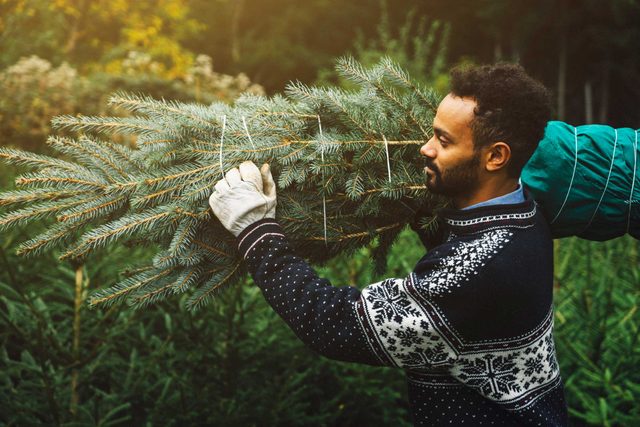
There are advantages to both real and artificial trees
Fake Christmas trees come in a variety of colors and styles, are easy to set up, require little to no maintenance, and last for years, notes Better Homes & Gardens. (On that note, one life-cycle analysis found that you’d need to use your artificial tree for 20 years for it to be considered more environmentally friendly than your yearly evergreen, according to Organic Life.) Real trees are better for the environment (they’re recyclable and have no chemical residue), support local tree farmers, and offer that smell that everyone pines for.
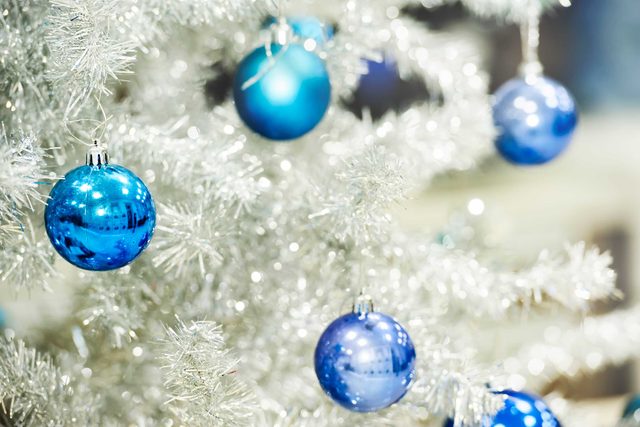
Not all artificial trees are created equal
If you want your fake fir to last and look good year after year, Consumer Reports recommends buying a tree labeled “true needle” or “real feel,” which mimic the look of the real deal—like this one. Choose models with hinged branches, as well; these are permanently affixed and thus easier to set up. Trees with hooked branches cost less, but the branches must be attached individually to assigned spots on the central pole. Prefer a pre-lighted tree? Select a style that comes with bulbs that have no-twist sockets and that’s labeled “continuous-on lights” or “with burn-out protection.” That way if one bulb burns out you’re not stuck trying to figure out which one it is. Finally, to help ensure your holiday doesn’t go up in smoke, make sure the tree is fire retardant.